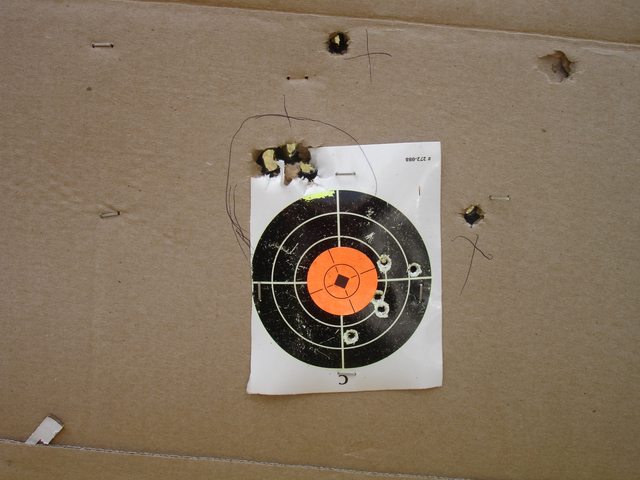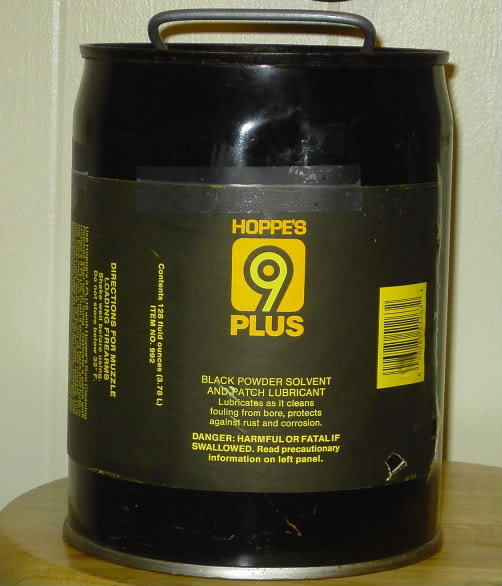appalichian hunter
75 Cal.
- Joined
- Oct 28, 2018
- Messages
- 5,828
- Reaction score
- 9,477
Coinneach, the mixture I start with is a 50/50 mix of bees wax and crisco in a double boiler (actually a old soup can set in a pot of hot water) once melted I add the olive oil too the mixture until I get the desired thickness ( if hot weather less olive oil, if colder weather more olive oil) think paste wax or shoe polish thick, this mixture will melt from the heat in your fingers as you rub the lube in to the patch.










